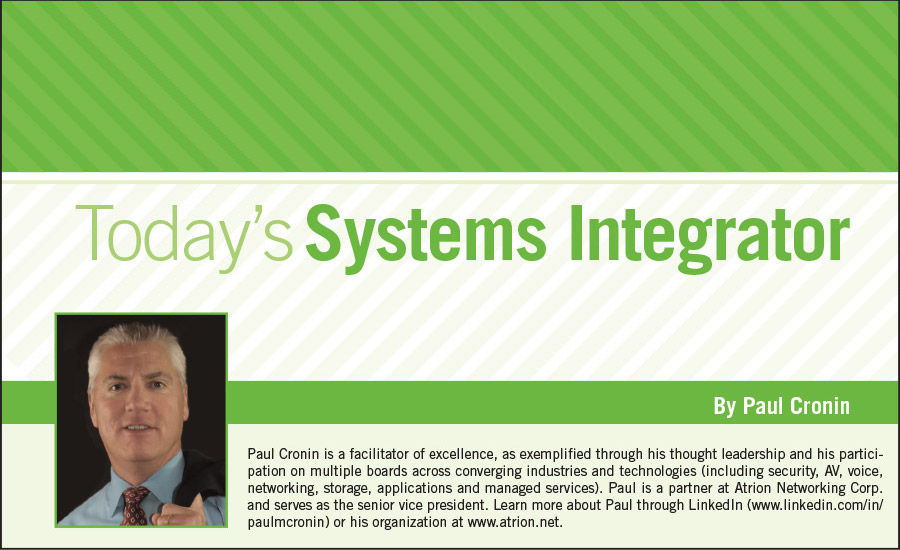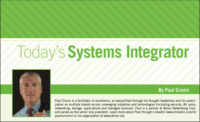Have you ever experienced a moment in time when you said, “Why didn’t I think about that before?” I had one of those moments in an elevator while attending the recent CompTIA ChannelCon conference in Chicago.
I was invited to participate on a panel with some talented industry leaders. The session was Great Eggspectations: Tech Industry Experts Share the Breakout Trend for 2016. Tom Doyle, the moderator, instructed me and the other panelist to come prepared to present what we thought would be a breakthrough trend in the next two years. I construed three trends that I thought would be relevant to the industry.
The first was that 2016 will be the year of a lot more firing of CIOs and CSOs. This will be fueled by more cybersecurity attacks on businesses and negative headlines calling out companies for their inability to protect their data, employees and customers.
Secondly, I feel 2016 will be the year that the CIO will be released and the handcuffs will come off. The new-age CIO will engage the business units and embrace their need for technology and assist them in finding money and resources to facilitate it. Ultimately, the chief information officer will take on a new designation of chief innovation officer.
The third prediction is evidenced in some of Gartner’s research. Today 85 percent of businesses indicate that they are using some type of software as a service application (SaaS) such as Webex, Salesforce, O365, etc. Approximately 15 percent are using infrastructure as a service (IaaS) or platform as a service (PaaS). However, I see a growing trend with businesses adopting more of these services over the next two years and inching closer to 50 percent.
For the integrator, this shift will result in a slowdown of traditional product sales. They need to rethink their business models and move toward a more hybrid VAR (Google this).
But I could only present one trend. So I did what I often do and asked my wife, who is a first grade teacher, for her opinion. I presented two of the three trends and I got the answer of “boring and more boring.” I was thinking that No. 3, which I had saved for last because I thought it was best, would be her choice. But, again, she responded with a yawn. After some good dialogue, I headed to the elevator.
It was during the ride down — just 30 minutes before I was to present to more than 100 people at the kickoff breakfast — when it dawned on me: When I witness the way students are using technology, or when I see my grandchildren pick up any device and master it in an hour, I am always amazed. This new Generation Z (Google it), which are those born in the 2000s, are technologists. They use games to communicate with people they have never met; they get online and find what they want. They are using tablets in the classroom and video for distance learning. All of this is driven by the fact that applications are delivered by technology and these users have an innate instinct about how to use it. What’s more, they thrive on it.
The trend I presented was highlighted with a story about the Gen Z users and real life examples of how they maximize the use of technology to reach their objectives.
Over the next two years, integrators need to focus on helping clients to adopt technology in new ways. It will no longer be about client discussions related to new investment justified by making things a little faster, bigger or modernized. It will be about how the application, wherever it comes from, will enable the user to maximize their job performance. In order to do this, integrators will need to develop adoption type services so that the client’s business can easily measure the level of usage of the application and direct business benefits.
Integrators need to develop services related to post-implementation that specifically provide more user education, measuring usage, optimizing performance and reporting back to the client outcomes that demonstrates a business impact.
I think my message resonated because I was given the Tech Industry Expert award and received a very nice gift. Of course, I had to share this honor with my wife who always challenges me to think in new ways.


